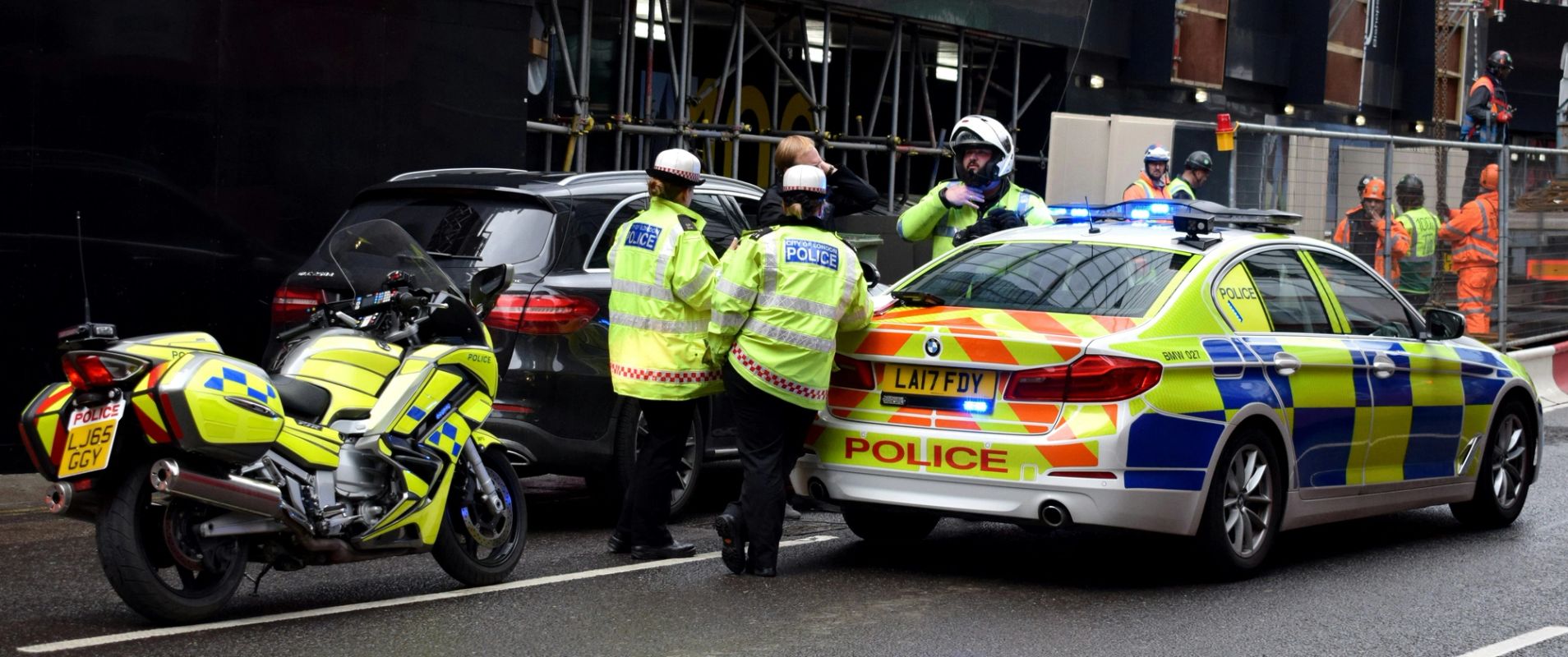What is TPAC?
"TPAC Trained" they shout in the videos - what exactly does that mean for a police driver?
We’ve all seen it on the telly. The blue lights are flashing, the sirens are wailing, and a high-powered police car is in hot pursuit of some tearaway in a stolen hatchback. It’s all very dramatic stuff, isn’t it? But amidst the screeching tyres and heart-thumping action, have you ever stopped to wonder how the police actually bring these chases to a safe and controlled conclusion?
It’s not just about raw speed and aggressive driving, you see. Far from it. What you're often witnessing is a highly choreographed and meticulously planned procedure known as Tactical Pursuit and Containment, or TPAC. And let me tell you, from a driving perspective, it’s a masterclass in skill, discipline, and teamwork.
So, what exactly is TPAC? In essence, it’s a suite of tactics designed to minimise risk to the public, the police officers, and even the occupants of the pursued vehicle. The ultimate goal is to bring the pursuit to a conclusion as swiftly and safely as possible.
A fully-fledged TPAC plan has several layers and options. The whole point is to give officers a range of tools to choose from, depending on the specific situation. Here are the other critical components:
The Box
The most recognisable element of TPAC is the ‘box’. This is where a number of police vehicles work in concert to surround the suspect’s car – one ahead, one behind, and one to the side. The aim here is not necessarily to ram the vehicle into submission, as the more gung-ho television programmes might have you believe. Instead, it’s about gradually and progressively slowing the suspect’s vehicle down to a manageable speed, or even to a complete halt.
To be one of the drivers in that box requires an incredible amount of training and an almost telepathic understanding between the officers involved. Each driver must be acutely aware of their own vehicle's position, the suspect's movements, and the actions of their colleagues. It's a delicate dance, performed at what can be very high speeds. One wrong move, one lapse in concentration, and the consequences could be catastrophic.
Tactical Contact
Another key component of TPAC is what’s known as ‘tactical contact’. This is where a police vehicle will make deliberate contact with the suspect’s car to bring the pursuit to an end. It’s a high-risk manoeuvre that is only ever used when absolutely necessary and after a thorough risk assessment. The officers performing this are trained to a very high standard, understanding the dynamics of a vehicle and how to use controlled aggression to their advantage.
What the cameras often don't show you is the constant stream of communication flowing between the officers on the ground and a command room. Every decision, from initiating the pursuit to authorising a particular tactic, is carefully considered. They're weighing up the seriousness of the offence, the manner of the suspect's driving, the road conditions, and the presence of the public.
The Hard Stop
This is a more aggressive form of containment, often used against stationary vehicles or those moving at very low speeds, perhaps in a city centre. It involves police vehicles moving in rapidly from multiple angles to pin the car in place, preventing any chance of it ramming its way out or driving off. You'll see this when the threat is high and there's a need to get to the occupants immediately.
The Rolling Roadblock
This is a classic and highly effective technique you'll often see on motorways. One or more police vehicles will pull ahead of the suspect car, often by a considerable distance. They will then match the target's speed and gradually, very slowly, begin to reduce their own.
By straddling lanes and using their lights, they signal to all other traffic to slow down with them. This creates a sterile 'safety zone' behind the police cars and in front of the suspect. The suspect driver, seeing a wall of brake lights and official vehicles ahead, realises their escape route is closing and that their speed is being forcibly reduced without any aggressive contact. It's a brilliantly clever and safe way of bringing a pursuit to a slow, controlled halt.
The Stinger
This is another tool in the armoury, though its use is carefully managed. The device, often called a 'Stinger' or 'Stop Stick', is a strip with hollow spikes that can be laid across the road ahead of the suspect. The spikes are designed to puncture the tyres and allow them to deflate in a controlled manner, rather than causing a dangerous, explosive blowout.
This requires excellent timing and coordination. An officer has to deploy the device at precisely the right moment and then get themselves to a position of safety. It's used to disable the vehicle and make it much easier to contain and stop, but it comes with its own set of risks that must be weighed up.
Summary
So, the next time you're engrossed in a police drama and a chase unfolds on your screen, take a moment to look beyond the flashing lights and the squealing tyres. Appreciate the immense skill and discipline that goes into the real-world application of tactics like TPAC. It’s not about winning a race; it’s about restoring order in the safest and most professional way possible. And from one driving enthusiast to another, that’s something we can all respect.
« Back to Knowledgebase

